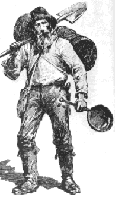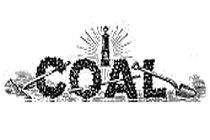Eckley Miners' Village [PA]
Eckley is one of the hundreds of company mining towns or "patches" built in the anthracite region of Pennsylvania during the 19th century. In 1854, the mining firm of Sharpe, Leisenring, and Company, later known as Sharpe, Weiss, and Company, leased land from the Tench Coxe Estate of Philadelphia and began work on the Council Ridge Colliery and the village of Eckley. The village, built near the colliery where the coal was mined and processed, provided housing for the miners and their families. Its stores, schools, and churches supplied the economic, educational, and religious needs of the villagers. By owning the village, the company had greater control over the lives of their workers.
The site offers exhibits, tours, and occasional recreational and educational events (including living history events).

